Other
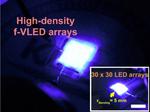
“A KAIST research team developed a crucial source technology that will advance the commercialization of micro LEDs. Professor Keon Jae Lee from the Department of Materials Science and Engineering and his team have developed a low cost production technology for …
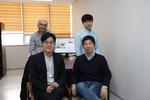
“A KAIST research team has proposed a perovskite material, Cs2Au2I6 that serves as a potential active material for highly efficient lead-free thin-film photovoltaic devices. This material is expected to lay the foundation to overcome previously known limitations of perovskite including …
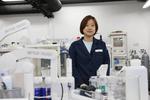
“KAIST researchers have paved the way for fast-charging lithium-oxygen batteries. Professor Hye Ryung Byon from the Department of Chemistry and Professor Yousung Jung from the Graduate School of EEWS led a joint research team to develop lithium-oxygen batteries exhibiting 80 …
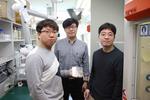
“A KAIST research team reported a high-performance and cost effective hydrogen sensor using novel fabrication process based on the combination of polystyrene nanosphere lithography and semiconductor microfabrication processes. The research team, led by Professor Inkyu Park in the Department of …

“Professor Do Kyung Kim from the KAIST Department of Materials Science and Engineering and his team succeeded in developing high-areal-capacity lithium sulfur batteries (Li-S batteries) by capturing polysulfide with carbon nanofibers. This research will provide new batteries to replace existing …
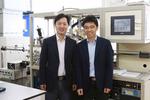
“Magnetic random access memory (MRAM) is emerging as next-generation memory. It allows information to be kept even without an external power supply and its unique blend of high density and high speed operation is driving global semiconductor manufacturers to develop …

“A KAIST research team recently developed sodium ion batteries using copper sulfide anode. This finding will contribute to advancing the commercialization of sodium ion batteries (SIBs) and reducing the production cost of any electronic products with batteries. Professor Jong Min …
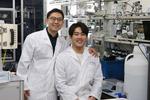
“A KAIST research team developed a technology to increase the stability of amine-containing adsorbents by fifty times, moving one step further toward commercializing stable adsorbents that last longer. Professor Minkee Choi from the Department of Chemical and Biomolecular Engineering and …

“Pressing a button appears effortless. People easily dismisses how challenging it is. Researchers at KAIST and Aalto University in Finland, created detailed simulations of button-pressing with the goal of producing human-like presses. The researchers argue that the key capability of …
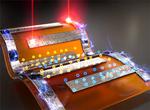
“Professor Minyang Yang from the Department of Mechanical Engineering and his team developed a high-energy, flexible micro-supercapacitor in a simple and cost-effective way. Compared to conventional micro-batteries, such as lithium-ion batteries, these new batteries, also called supercapacitors, are significantly faster …
